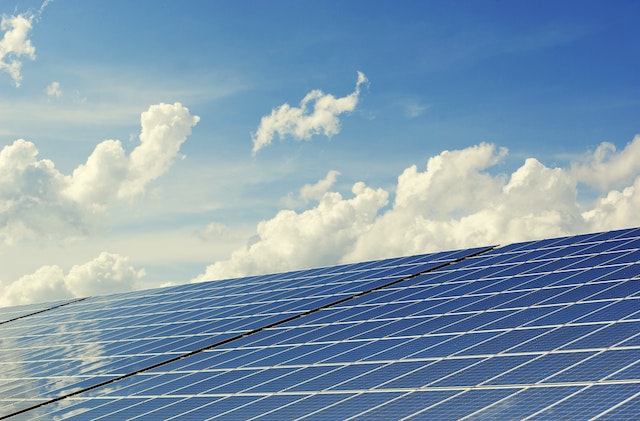What is silver mining and production, and how does it work?
The extraction of silver from the Earth’s crust and subsequent refinement into a useful form are referred to as silver mining and production. Electronics, jewelry, and photography all require silver, a precious metal that is widely used in many different fields.
Geologists must first locate possible silver deposits using satellite imaging, geological investigations, etc. Mining operations start after a viable silver resource is located. The ore is taken to a processing facility after it has been mined. Afterward, refinement. Following that, it is usually poured into ingots, which are bars or other shapes. Processes for mining and producing goods might differ based on the type of deposit, available technology, and environmental laws in force.
A Closer Look at the Top Silver-Producing Countries in the World
Production of mined silver worldwide grew to 26,000 metric tons in 2022, up 4%.
- The world’s largest producer of silver in 2022 was Mexico once again. In comparison to the prior year, its output climbed by 190 MT in 2022.
- China is listed as the second-largest producer of silver. Given that most of China’s silver production is a by-product of other metals, the Silver Institute attributes a significant portion of China’s gain in the bullion market in recent years to the country’s development of its mining industry.
- With a 3,100 MT output, Peru was third in the world for silver production in 2022.
- Next is Chile; the production of silver in Chile is largely a by-product of the production of copper and gold.
- For silver output worldwide, Australia came in fifth. Australia’s mines produced 1,400 MT of silver in 2022, a slight rise from 1,360 MT in 2021.
The Impact of Silver Mining & Production on the Planet & Socioeconomic
Environment-related effects
- Mining activities may require clearing enormous tracts of land, which results in deforestation and the loss of habitat for plant and animal species.
- Excavation and extraction activities can result in soil erosion and land degradation, which influences regional ecosystems and agricultural output.
- Water bodies can get contaminated with pollutants when mining activities discharge untreated or insufficiently treated wastewater into them.
- In addition, using explosives during mining operations can cause the environment to become polluted with gases and particulates.
Social-related implications
- Risks to workers’ health and safety include accidents, exposure to potentially harmful substances, and respiratory problems brought on by exposure to dust.
- Conflicts over problems including land rights, environmental concerns, and benefit-sharing may develop between mining firms, local populations, and other stakeholders.






